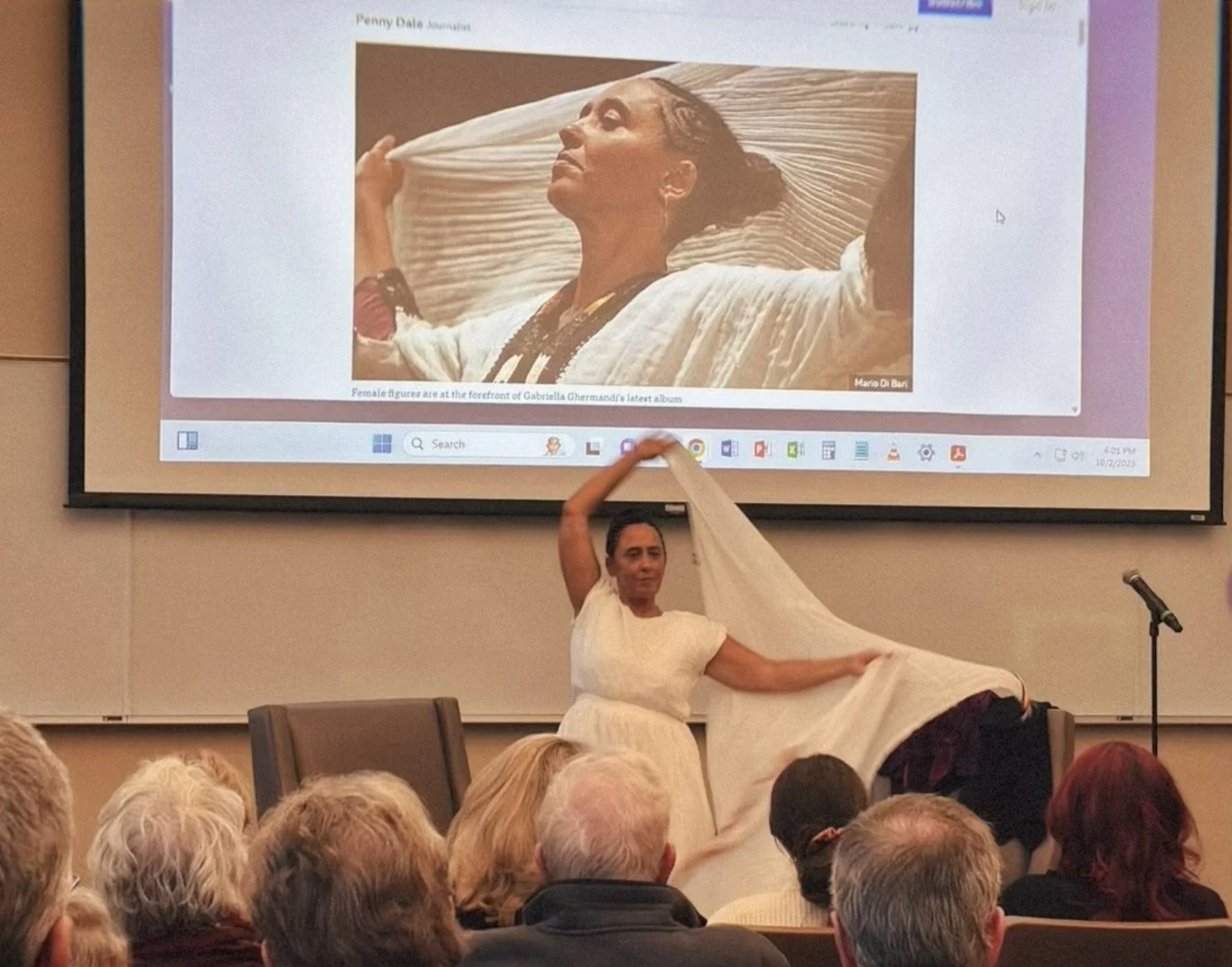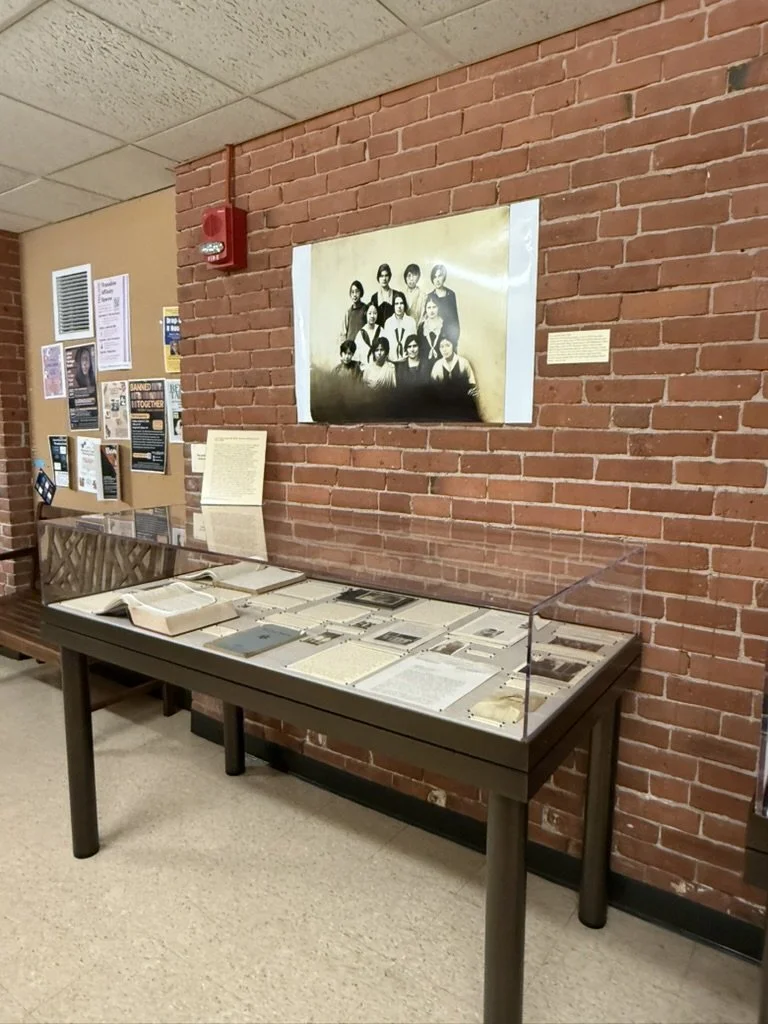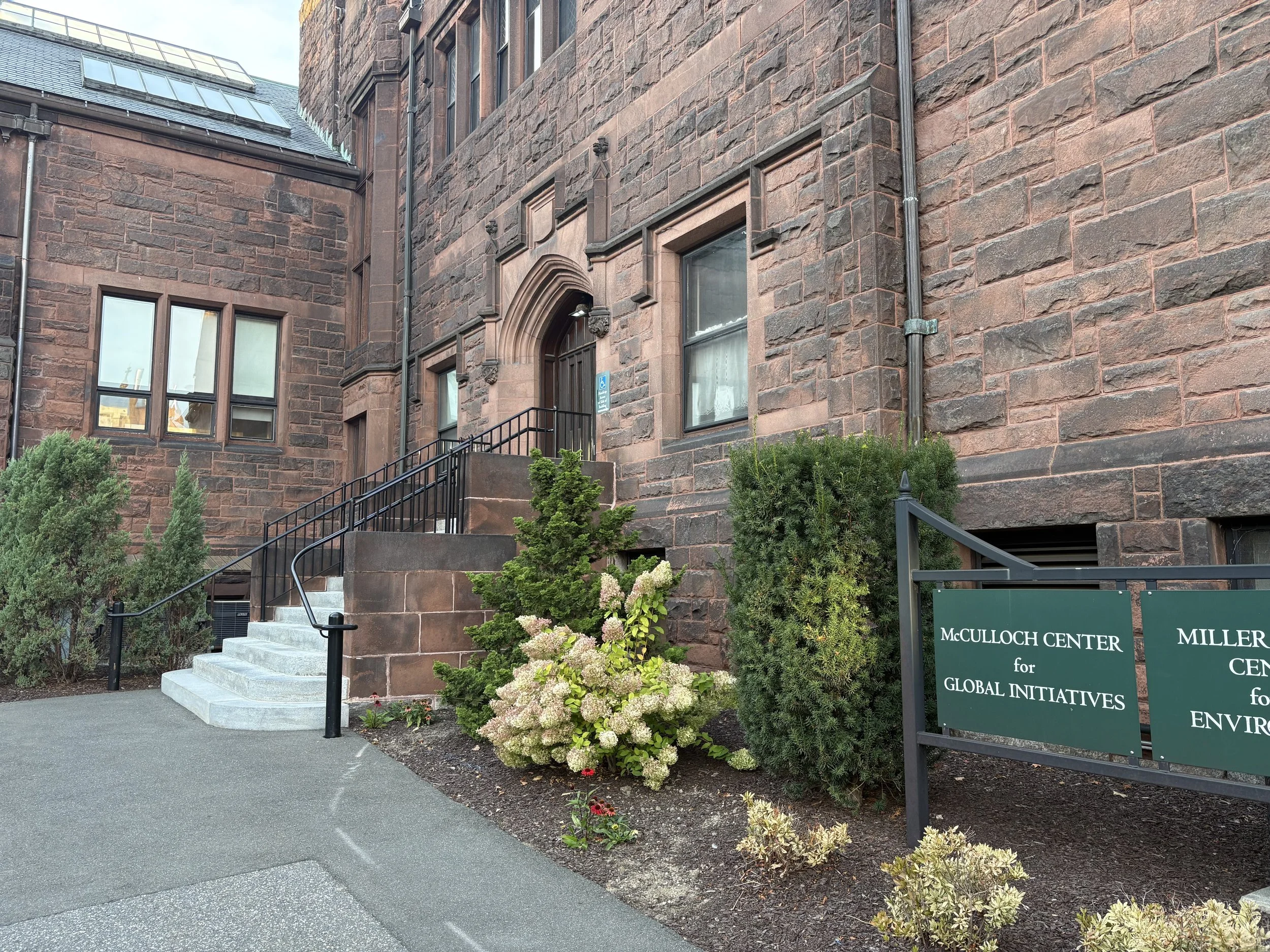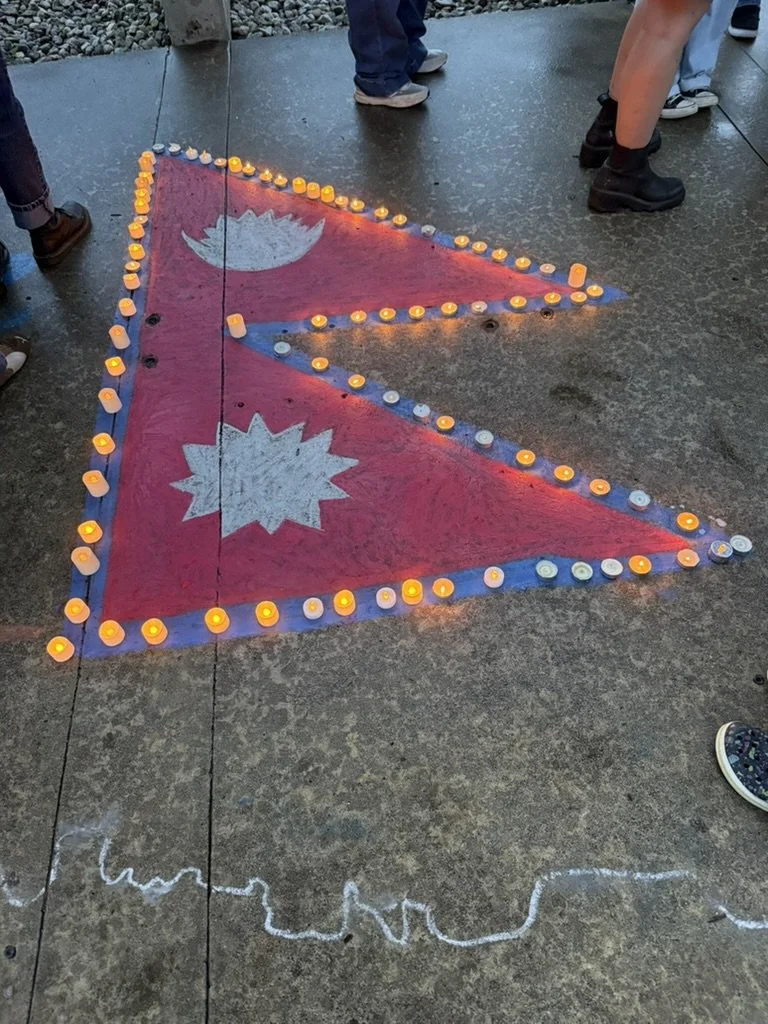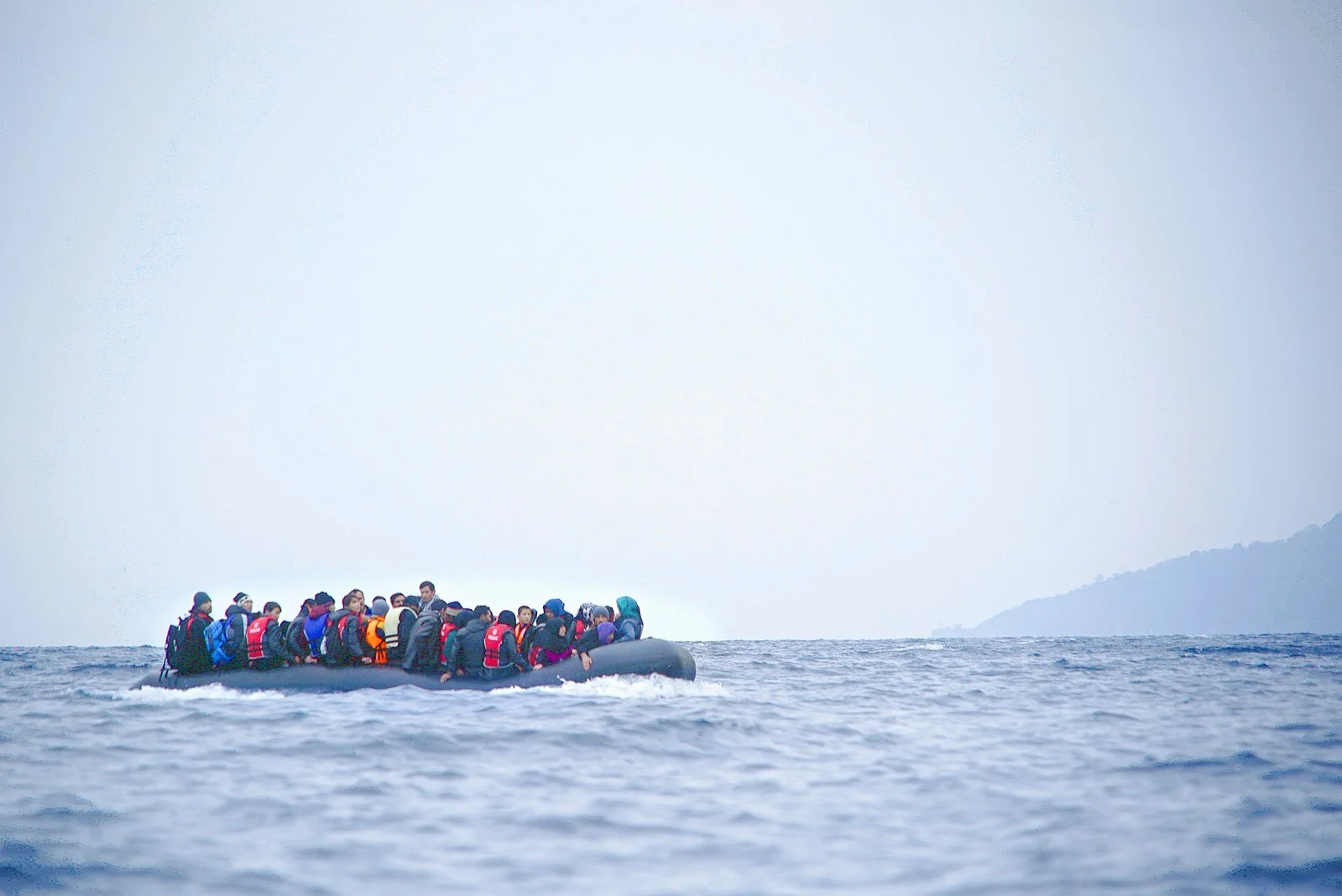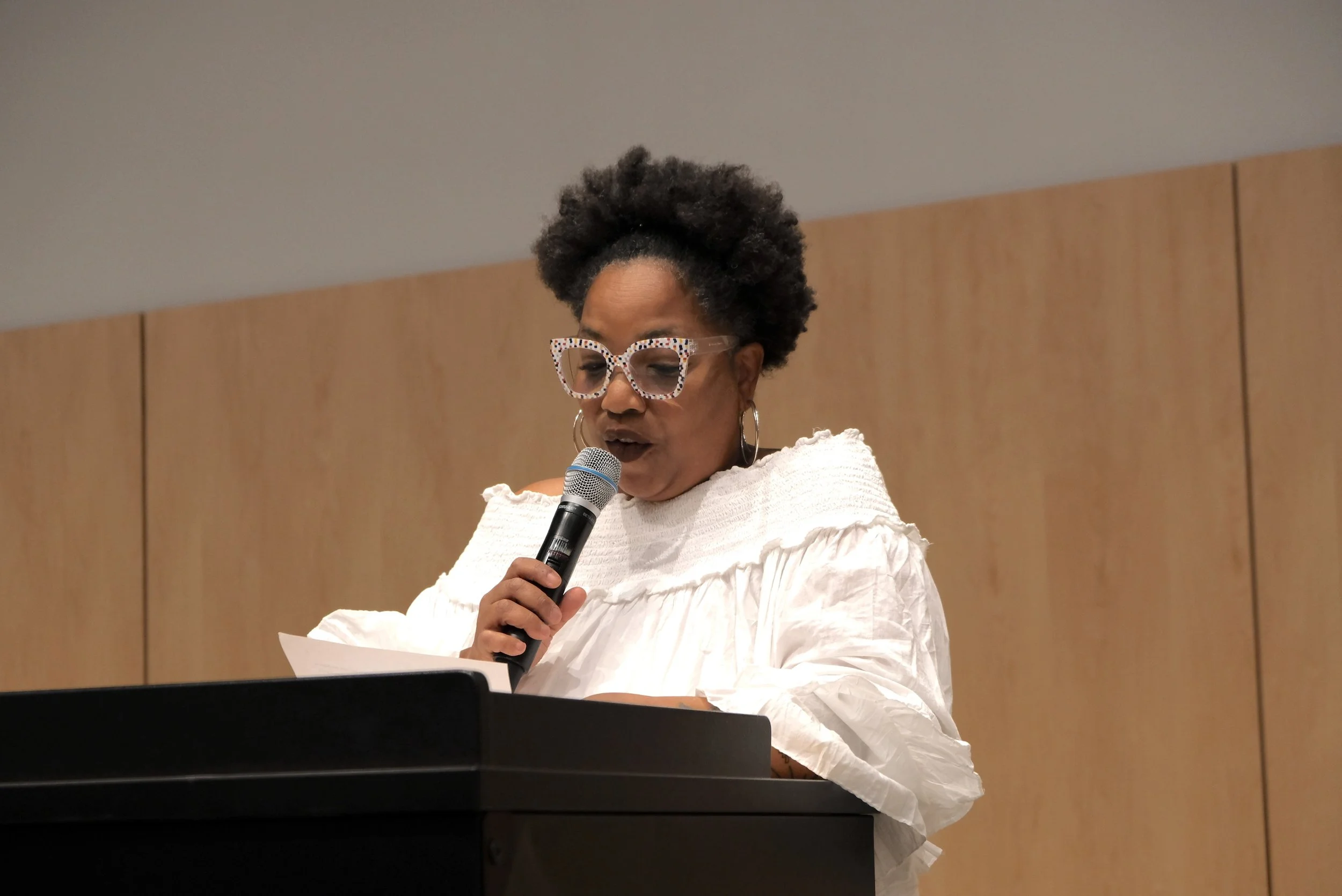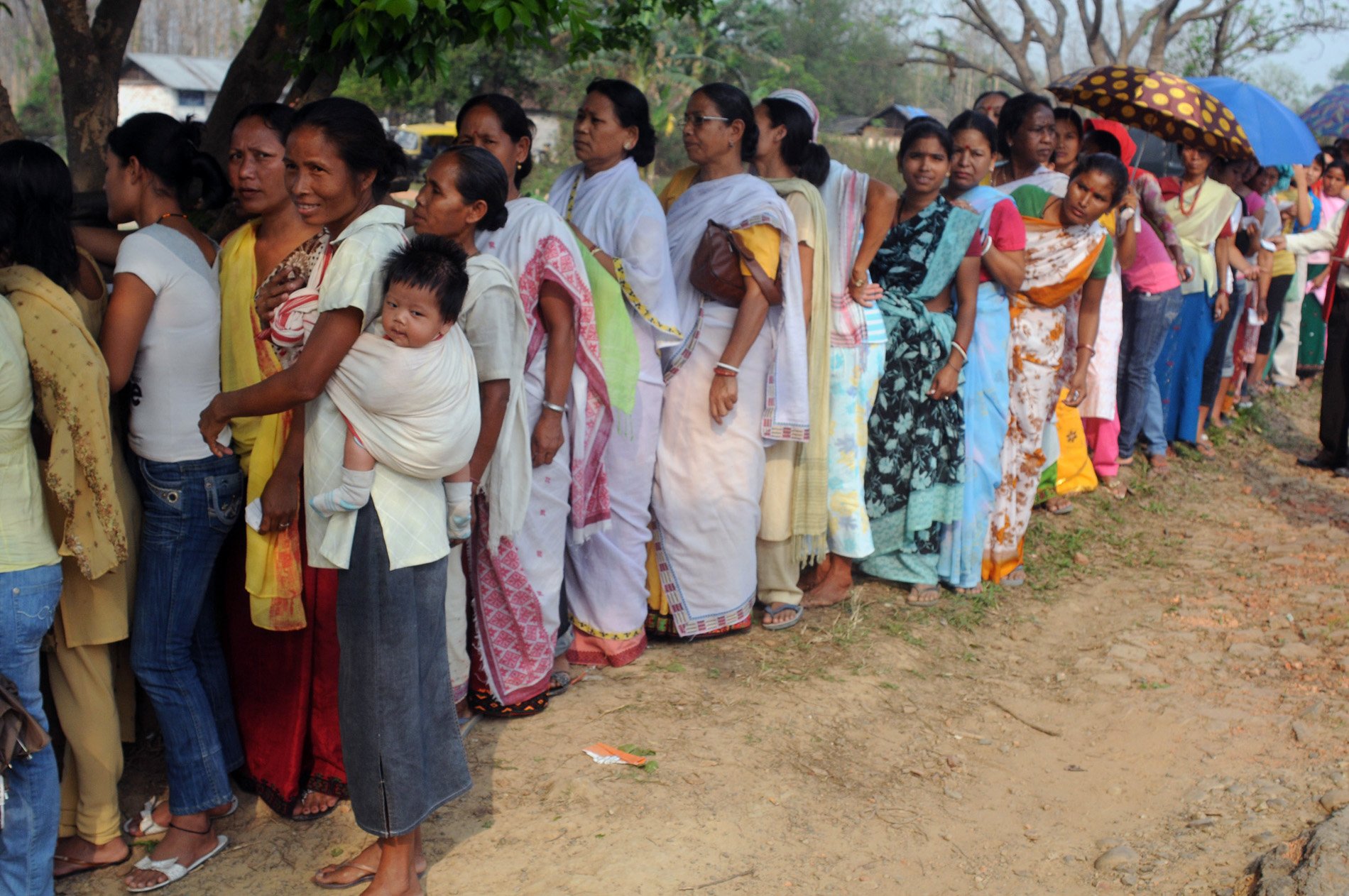Graphic by Brianna Stockwell ’28
Alia Bloomgarden ’29
Staff Writer
On Sept. 22, the United Nations kicked off its most pivotal week of this year’s General Assembly. The high-level week lasted from Sept. 22-30 as part of the 80th session of the United Nations General Assembly held in New York.
According to the United Nations website, the week hinged on the general debate, the anniversary of the general assembly, the 30th anniversary of the Fourth World Conference on Women and the World Programme for Action for Youth, and the International Day for the Total Elimination of Nuclear Weapons. They focused on six specific topics: Palestine and the two-state solution, the climate, the global economy, noncommunicable diseases and mental health and well-being, AI governance, and Rohingya Muslims in Myanmar.
These topics were generally expected as they are major issues, Professor Christopher Mitchell, chair of the department of international relations, explained. He was surprised that Rohingya Muslims “made the agenda along with some things that sort of indisputably are major and controversial issues.” He added, “I’m glad to see they’re getting that attention,” as they “have not gotten nearly as much international attention as a lot of other crises in the world.”
On Sept. 23, President Donald Trump addressed the U.N., making a slew of controversial claims. During his speech, he claimed that all the U.N. does is “write a really strongly worded letter and then never follow up on this letter.” Mitchell explains that, while these remarks are “not tremendously significant, the Trump presidency obviously is.” These remarks and Trump's previous hostility to the U.N. are an “exaggeration and a continuation of the George W. Bush administration towards the United Nations, though with the caveat that the Bush administration consistently cast itself as broadly pro-United Nations, and opposed to the United Nations on the specific question of … the invasion of Iraq, whereas the Trump administration is more hostile to the notion of the United Nations as a whole.”
Despite Trump's hostility to the U.N., he told U.N. Secretary-General António Guterres that “our country is behind the United Nations 100%.” In addition to his criticisms of the U.N. in general, Trump criticized Europe’s handling of migrants. He warned European countries about the crisis of “uncontrolled migration,” claiming their “countries are being ruined. The U.N. is funding an assault on Western countries and their borders” and adding that London “want[s] to go to Sharia Law.”
Sir Sadiq Khan, the mayor of London, rejected this claim. He said that London is a “liberal, multi-cultural, progressive and successful city,” while claiming that Trump is “racist, … sexist … misogynistic and … Islamophobic.”
Mitchell explained that Trump’s remarks “link in with the idea that there is this common trend of right-wing populism across a lot of the democracies of the world. It’s an interesting aspect that all these countries … are both nationalistic and international in that there’s a nationalist international, … where the right-wing populists in Europe and the right-wing populists in the United States of America and the right-wing populists in Latin America all are looking to each other and aligning with each other and raising the same issues and concerns to a large degree.”
According to Mitchell, Trump is “signaling to his ideological allies in these countries.”
Trump re-emphasized his stance on climate change, referring to the carbon footprint as a “hoax,” and global warming as a “con job.” He insulted Europe for reducing its carbon footprint by 37%, which cost them “a lot of jobs, a lot of factories closed.”
Meanwhile, there’s been a “global [job] increase of 54% [with] much of it coming from China and countries that are thriving around China.” He also emphasized his executive orders to “hunt for oil.”
On the other hand, according to Reuters, China’s President, Xi Jinping, committed to reducing greenhouse gas emissions by 7-10% and increasing its wind and solar power capacity six times from its 2020 levels by 2035. Xi stated, “Green and low-carbon transformation is the trend of our times. Despite some countries going against the trend, the international community should stay on the right track, maintain unwavering confidence, unwavering action, and undiminished efforts,” clearly referring to Trump’s anti-environmentalist stance.
Mitchell explains that Trump's statements are yet another example of the continuation and exaggeration of the Bush presidency’s stances, which were hostile towards climate change. However, Bush was “less inclined to reject the science of climate change and more inclined to quibble as to questions of severity and necessity of action.” Essentially, Bush claimed that the climate crisis is “too expensive to do anything about and therefore we should not worry about it,” according to Mitchell.
On the other hand, Trump has taken a “much more aggressive … position” by denying that climate change exists entirely. Mitchell explains that America’s lack of action on climate change obviously makes it much harder for the rest of the world to deal with it, but this is not a new issue.
Mitchell states, “Obama talked a lot about climate change, but his actual record was pretty weak.”
This hypocrisy was something Trump pointed out in his speech, saying, “President Obama would get into Air Force One, a massive Boeing 747, and not a new one, an old one with old engines that spew everything into the atmosphere. He’d talk about the carbon footprint: ‘We must do something.’”
Mitchell believes that Europeans should stop “looking towards the U.S. for leadership that isn’t coming.” It may “spur them to act in a more dramatic fashion.”
On the other side of the issue, Mitchell explains that because the U.S. does not invest in renewable energy, they “[cede] space in what might well be the leading industry in the next half century.” This gives China the opportunity to become a dominant player, leaving “the U.S. in a worse position to reap the benefits of the green transition.” This may also lead Europeans to work with China.
On Sept. 21, Britain, Canada, Australia and Portugal recognized a Palestinian state, despite having traditionally allied with Israel, according to Reuters. This went against Trump’s stance and angered him and Netanyahu, who both said this rewards Hamas. Additionally, during Netanyahu’s speech at the General Assembly, many delegates walked out in protest.
Mitchell explains that the “practical effect is negligible … the real importance is symbolic,” indicating that Israel has lost a lot of support and trust on the world stage. He adds, “There’s always been a significant portion of the United Nations skeptical of Israel and Israel’s commitment to the peace process. That it’s reached states like Britain and France is a new level.” Additionally, this also “indicates a declining U.S. influence because, especially for the Anglosphere countries that have recognized Britain and Australia and Canada, one of the main factors has not just been their view of Israel, but that the United States urged them not to do it.”
At the end of Trump’s speech, he said, “Let us protect religious liberty, including for the most persecuted religion on the planet today. It’s called Christianity.” Mitchell explains that he thinks it’s “factually inaccurate” and “says more about the loss, the feeling of Christians that they’ve lost their primacy.”
When asked about his overall thoughts and what Mount Holyoke College students should take away from the General Assembly, Mitchell said that the importance of it is “almost entirely symbolic … This is about signaling to the rest of the world where you stand on certain issues.”
During the General Assembly, Trump has shown that the most interesting point of comparison is himself “versus George W. Bush, and the ways his positions can be seen as a continuity with those of the old Republican Party, the pre-Trump Republican Party, but also the very significant ways in which they’re not continuous but break from that position,” according to Mitchell.
Overall, Mitchell’s biggest takeaways are that “the U.S. has lost influence and Israel has lost influence that it had vis-à-vis where they both were a few years ago.”
Alayna Khan ’28 contributed fact-checking.


